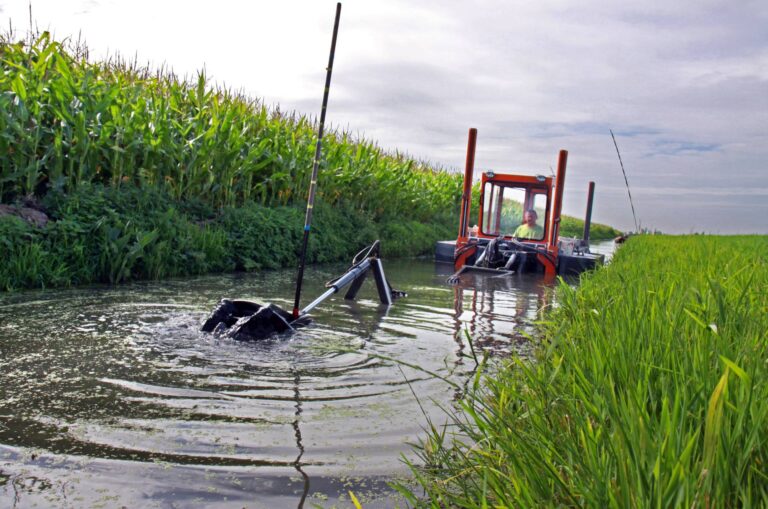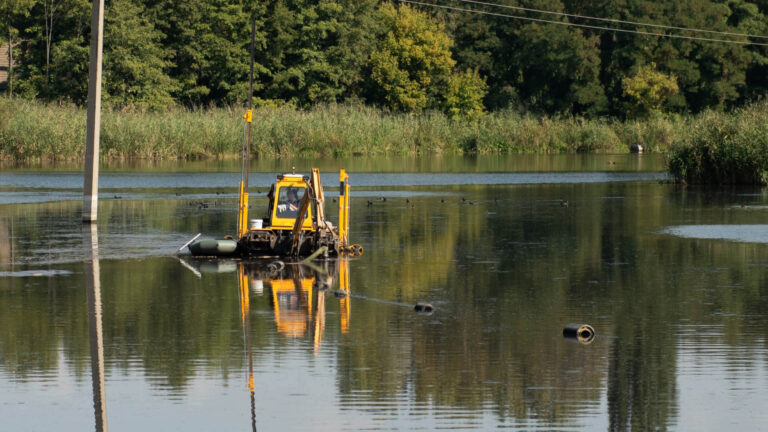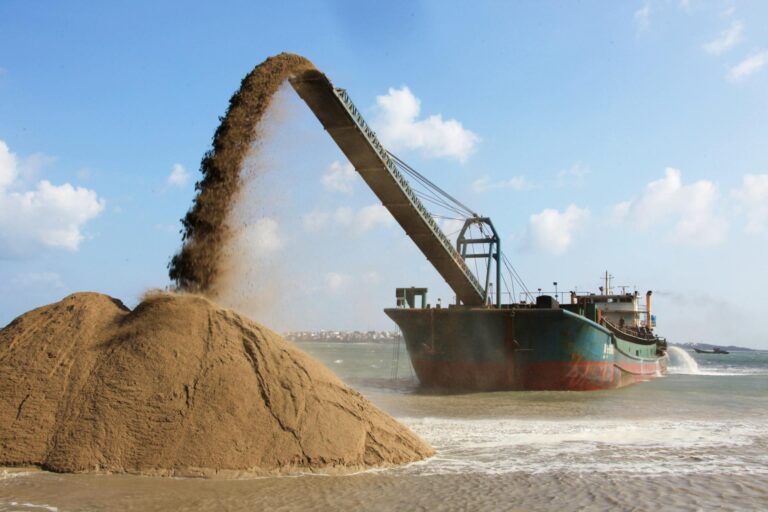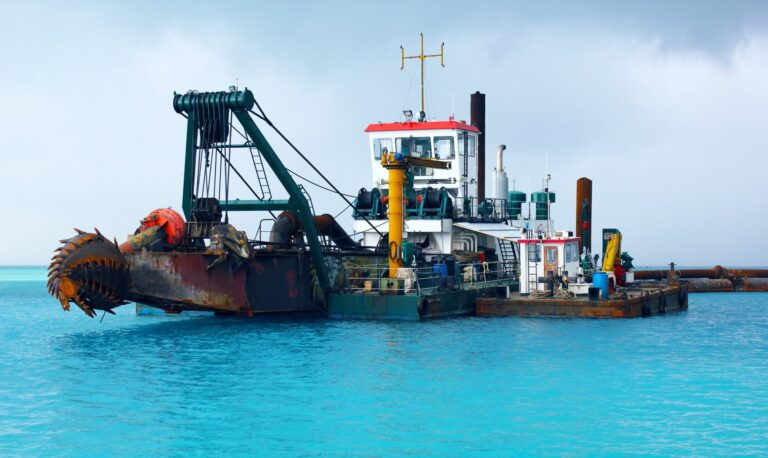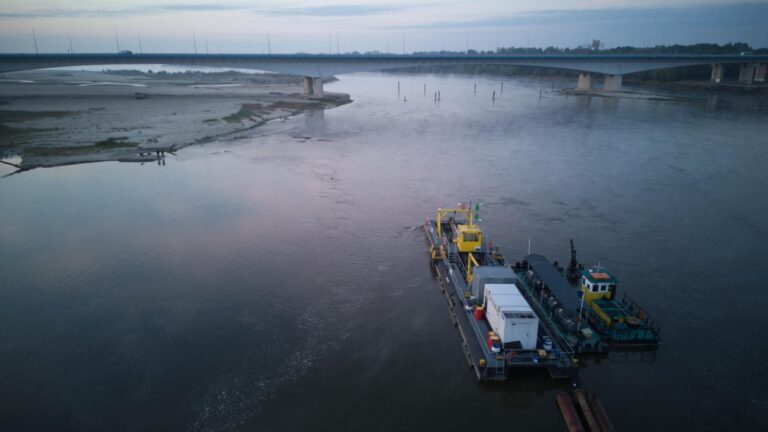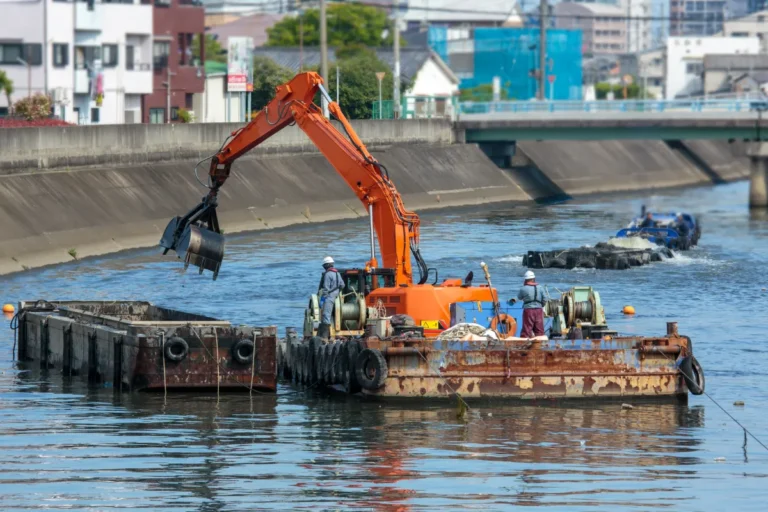Dredging is the process of removing sediment, debris, and other materials from the bottom of water bodies such as rivers, lakes, harbors, and coastal areas. Understanding what is dredging is essential because it plays a crucial role in maintaining navigable waterways, preventing flooding, and supporting infrastructure development. Over time, sediment accumulation can restrict water flow and limit the depth of channels, making it difficult for vessels to navigate safely. By removing these obstructions, dredging ensures smooth and efficient water transport and enhances the overall health of aquatic ecosystems.
The importance of dredging extends beyond just navigation. It also supports environmental restoration by removing contaminated sediment and improving water quality. Additionally, dredging is vital for land reclamation projects, where sediment is used to create new land or reinforce existing coastlines. A dredging company typically uses specialized equipment to perform these tasks efficiently and safely. Understanding what is a dredger is key to appreciating the complexity of dredging projects — dredgers are heavy-duty machines designed to excavate and transport sediment, adapting to various project requirements.
Geotechnical analysis is a critical component of successful dredging projects. It involves studying the physical and chemical properties of sediment to determine the most effective dredging methods and equipment. Proper analysis ensures that dredging is carried out efficiently, minimizing environmental impact while achieving project goals.
What Is Dredging?
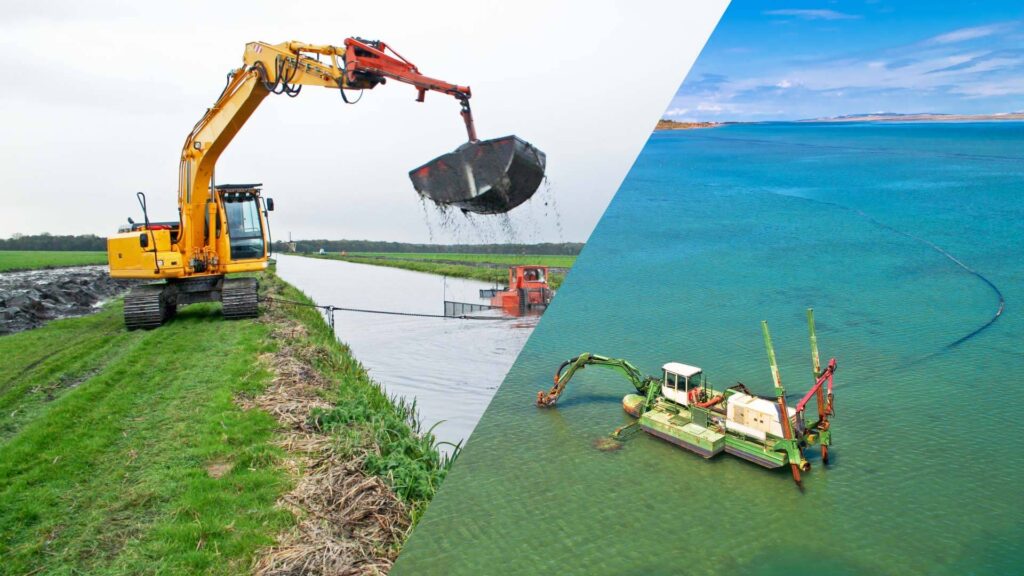
Understanding what is dredging is essential for maintaining and improving waterways and coastal infrastructure. Dredging is the process of removing sediment, debris, and other materials from the bottom of water bodies such as rivers, lakes, harbors, and seas. Over time, sediment naturally accumulates due to water flow, tides, and human activity, which can restrict the depth and usability of these waterways. Dredging helps to restore and maintain the required depth for safe navigation and efficient water transport.
The key objectives of dredging include maintaining navigable waterways, which ensures that shipping channels and ports remain open for commercial and recreational vessels. Without regular dredging, sediment buildup can make navigation hazardous and limit the size of vessels that can pass through. Another important purpose is environmental restoration. Dredging is used to remove contaminated sediments and improve water quality, helping to restore aquatic ecosystems.
Land reclamation is another major reason for dredging. Material removed during dredging can be used to create new land or reinforce shorelines, which is especially important in regions affected by erosion or rising sea levels. Finally, dredging supports infrastructure development by preparing the seabed for the construction of ports, bridges, and offshore facilities.
Types of Dredging
Different types of dredging are used depending on the project’s objectives and site conditions.
- Maintenance Dredging
Maintenance dredging is performed regularly to keep ports, harbors, and channels at the correct depth. Sediment accumulation from river flow and tidal movements can block navigation routes, making maintenance dredging essential for uninterrupted vessel movement. - Capital Dredging
Capital dredging involves creating new or deeper navigation channels and harbors. It requires heavy-duty equipment and expert planning. A dredging company with experience in capital dredging will assess site conditions to determine the most effective approach. - Environmental Dredging
Environmental dredging focuses on removing contaminated sediment to improve water quality and restore ecosystems. Handling toxic materials requires specialized techniques and equipment to prevent further environmental damage. A professional dredging company will ensure that proper disposal methods are followed. - Aggregate Dredging
Aggregate dredging involves extracting sand, gravel, and other materials from the seabed for use in construction and land reclamation. Understanding what is a dredger is essential here, as different dredgers are designed for handling different types of materials.
By understanding what is dredging and the various methods involved, project managers can select the best strategy to achieve project goals while protecting the environment.
What Is a Dredger and How Does It Work?
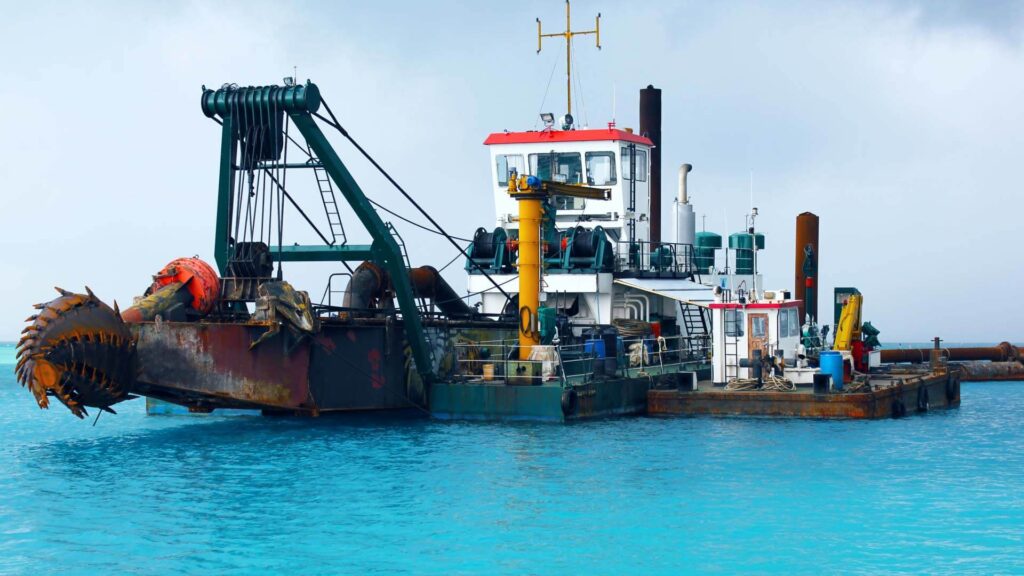
A. Definition of a Dredger
Understanding what is dredging involves knowing the essential equipment used in the process. So, what is a dredger? A dredger is a specialized machine designed for the excavation and removal of sediment, debris, and other materials from the bottom of water bodies such as rivers, lakes, harbors, and coastal areas. Dredgers play a crucial role in dredging operations by loosening, lifting, and transporting materials from the seabed or riverbed to a designated disposal site.
Dredgers operate using various mechanical or hydraulic systems, depending on the type of material and the project’s requirements. Most dredgers are equipped with cutting heads, suction pipes, or mechanical grabs to extract sediment effectively. The collected material is either pumped through pipelines, stored in hoppers, or transported by barge for disposal or reuse. Efficient dredger operation is essential to minimize environmental disruption and maximize project efficiency.
B. Types of Dredgers
Different dredging projects require different types of dredgers based on the site conditions and the type of sediment involved.
- Cutter Suction Dredgers
Cutter suction dredgers use a rotating cutting head to loosen sediment, which is then sucked through a pipe and transported to a disposal site. These dredgers are ideal for hard or compacted materials and are commonly used in maintenance and capital dredging projects. - Hopper Dredgers
Hopper dredgers collect sediment in large storage tanks (hoppers) before transporting it to a disposal site. They are highly effective for offshore and coastal dredging as they can operate in rough waters and transport material over long distances. - Clamshell Dredgers
Clamshell dredgers use a large bucket operated by a crane to scoop sediment from the seabed. They are ideal for precise dredging in ports and harbors, where accuracy and minimal disturbance are critical. - Backhoe Dredgers
Backhoe dredgers are equipped with a hydraulic excavator mounted on a barge. They are used for dredging hard materials and performing detailed excavation work near structures or in confined areas.
C. Factors Affecting Dredger Selection
Selecting the right dredger depends on several factors. The depth and type of sediment influence the choice of dredger, as certain machines are better suited for handling specific materials. Project size and environmental concerns also play a role in determining the best equipment and approach. A reliable dredging company will conduct a thorough site analysis to select the most suitable dredger and disposal method. Understanding what is dredging and the types of dredgers available ensures that projects are completed efficiently and with minimal environmental impact.
The Role of Geotechnical Analysis in Dredging Projects
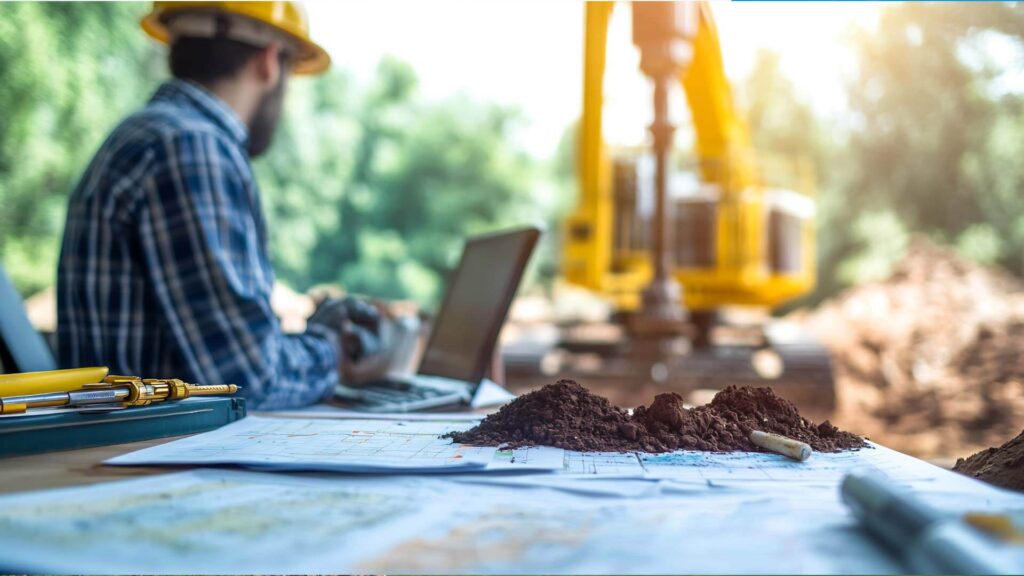
A. Why Geotechnical Analysis Matters
Geotechnical analysis plays a critical role in the success of dredging projects by providing essential data on soil and sediment characteristics. Understanding what is dredging involves more than just removing material from the seabed — it requires a detailed understanding of the material’s composition and behavior. Sediment can vary widely in terms of texture, density, and cohesion, which affects how it should be handled during excavation and transport.
One of the main reasons geotechnical analysis is important is that it helps in predicting material behavior during excavation. Some sediments, such as clay and silt, are more cohesive and difficult to handle, while loose sand and gravel are easier to dredge but may pose challenges for transport and disposal. Geotechnical analysis also helps in identifying potential risks, such as contamination or unstable sediment that could lead to slumping or collapse during dredging. Knowing these factors in advance allows project managers to mitigate risks and select the right approach.
B. Key Components of Geotechnical Analysis
A thorough geotechnical analysis consists of several key components. Soil sampling and testing is the first step, where samples are collected from different depths and locations to determine variations in sediment composition. Testing helps identify the physical and chemical properties of the material, which directly influence the dredging method.
Sediment strength and cohesion analysis is crucial for determining how easily the material can be cut and transported. Cohesive materials like clay require stronger dredging equipment, while loose sediments may need specialized handling to avoid material loss. Particle size distribution and density testing provide further insight into how the material will behave during excavation and transport.
Understanding these factors helps in choosing what is a dredger that is best suited for the job. Different dredgers are designed for different types of sediment — for example, cutter suction dredgers are ideal for compacted material, while hopper dredgers work well for loose sand and silt.
C. Influence on Dredging Project Planning
Geotechnical analysis directly influences key decisions in dredging projects. The selection of an appropriate dredger depends on the sediment’s characteristics and site conditions. It also determines the most efficient dredging method and equipment needed to complete the project. Accurate data allows project managers to estimate production rates and disposal strategies more effectively, improving project efficiency and reducing costs.
By combining geotechnical analysis with a clear understanding of what is dredging and what is a dredger, dredging companies can execute projects with greater accuracy, safety, and environmental responsibility.
How a Dredging Company Uses Geotechnical Data
A. Pre-Project Planning
A successful dredging project begins with thorough pre-project planning, where geotechnical data plays a key role. Before starting any project, a dredging company conducts a detailed site assessment and survey to understand the physical and chemical properties of the sediment and soil. Geotechnical data provides insights into sediment type, cohesion, and contamination levels, which help determine the best dredging approach.
Feasibility studies based on this data allow project managers to assess the project’s complexity and potential challenges. For example, if the sediment is highly cohesive, stronger equipment or specialized dredgers may be needed. Understanding what is dredging in different environments is essential for selecting the right methods and equipment. Accurate geotechnical data helps predict how the material will behave during excavation, ensuring that the project is both efficient and cost-effective.
B. Execution Phase
During the execution phase, geotechnical data helps in adapting dredging techniques to the specific material properties. For instance, sand and loose gravel are easier to handle, while clay and silt require more powerful equipment. Knowing what is a dredger and how different types of dredgers operate is essential for matching the equipment to the material.
Adjusting dredger settings for optimal efficiency is another critical step during the execution phase. Geotechnical data allows operators to adjust suction power, cutting force, and transport speed to maximize efficiency while minimizing environmental disturbance. For example, a cutter suction dredger is ideal for compacted materials, while a hopper dredger works better for loose sediment. By understanding what is dredging and how to apply the data effectively, a dredging company can reduce downtime and improve overall project performance.
C. Post-Project Evaluation
After the project is completed, geotechnical data is used to evaluate the project’s success. Proper sediment disposal and environmental monitoring ensure that dredged material is handled according to environmental regulations. Post-project analysis helps identify areas for improvement and refines future project strategies.
Assessment of project success and lessons learned enables better planning and execution in future projects. By analyzing how sediment properties affect performance, a dredging company can enhance its efficiency and environmental compliance. Understanding what is dredging and using geotechnical data effectively ensures sustainable and successful dredging operations.
Conclusion
Understanding what is dredging is essential for managing and improving waterways, ports, and coastal infrastructure. Dredging plays a critical role in maintaining navigable channels, supporting environmental restoration, and enabling infrastructure development. Without regular dredging, sediment buildup can obstruct navigation, cause flooding, and reduce the operational efficiency of ports and harbors. Knowing the right dredging methods and equipment is key to completing projects efficiently and sustainably.
Geotechnical analysis is a crucial factor in ensuring the success of dredging projects. By understanding the composition and behavior of sediment, project managers can select the appropriate equipment and techniques to handle different materials effectively. For example, knowing what is a dredger and how different dredgers operate allows for better decision-making when adapting to specific site conditions. Cutter suction dredgers work well for compact materials, while hopper dredgers are more effective for loose sediment.
A reliable dredging company leverages geotechnical data to minimize risks, improve efficiency, and comply with environmental regulations. The combination of expert geotechnical analysis and the right dredging equipment ensures that projects are completed on time and within budget. By understanding what is dredging and applying the correct strategies, dredging companies can achieve long-term success and environmental sustainability.


